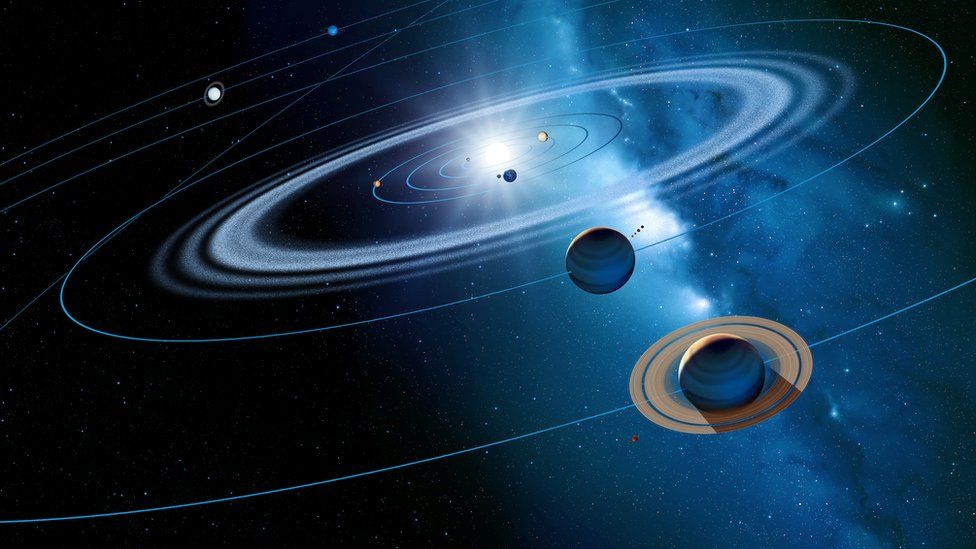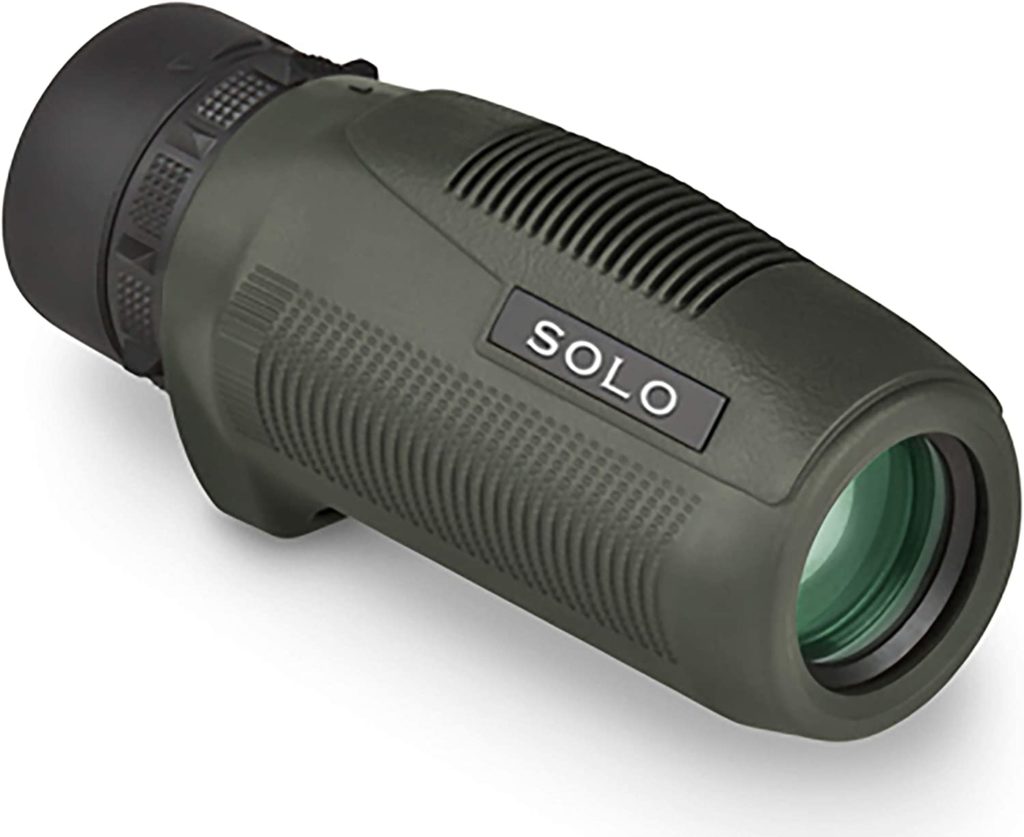Expect another in a series of rare astronomical events Monday evening when Jupiter and Saturn come closer together in the evening sky than they have for nearly 400 years.
December has the longest nights of the year, the winter solstice, and only this year, 2020… An incredible plethora of astronomical events that will thrill any science enthusiast.
Updated on December 18, 2020
Geminid meteor shower, Dec. 13-14
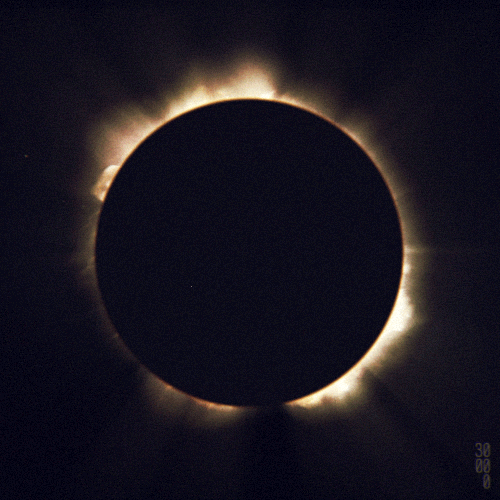
Total solar eclipse, Dec. 14
Great conjunction of Jupiter and Saturn on the evening of Dec. 21
December solstice meteor shower, Dec. 21-22
Full “Cold” Moon, Dec. 29-30
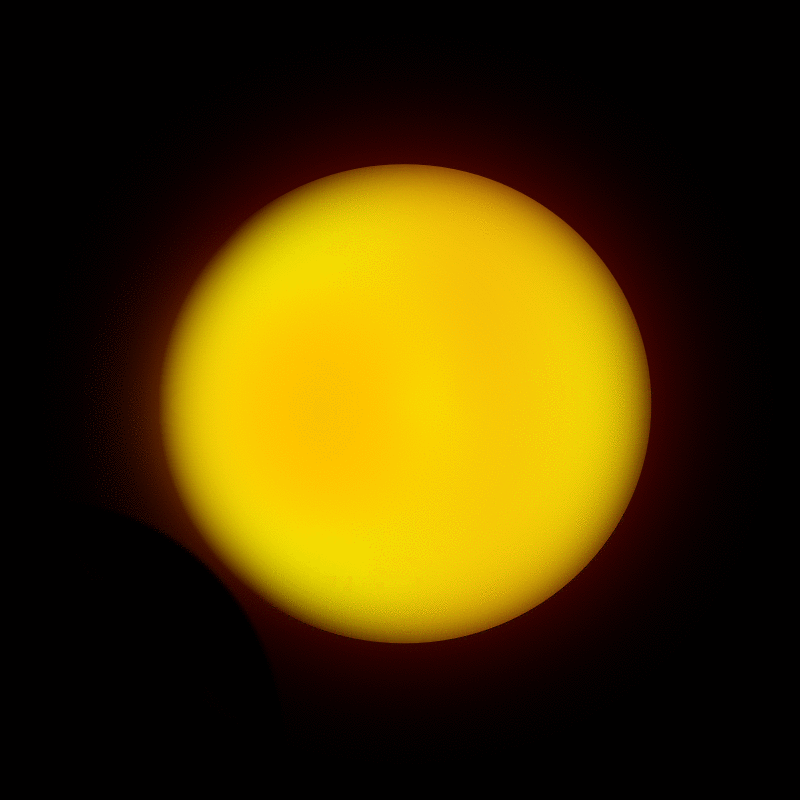
The following written content from Space
The only total solar eclipse of 2020 is coming up this Monday (Dec. 14) and here’s how you can follow along with its phases.
The total solar eclipse, which is the last eclipse of 2020, will be visible to observers across a narrow swath of the South Pacific, Chile, Argentina and the southern Atlantic Ocean, while a partial eclipse will be visible from a wider region in the Pacific, southern South America and Antarctica.
Enjoy star gazing with this amazing monocular:
Vortex Optics Solo Monocular 10×25
Advertisement
Solar eclipses occur when the moon appears to pass in front the sun as viewed from Earth. When they line up exactly, the moon covers the entire sun and causes a total eclipse, while at other times it only covers part of the sun in a partial eclipse. There is not a solar eclipse every month because the moon’s orbit is tilted with respect to the sun and does not always align with the star.
Related: Total solar eclipse 2020: Here’s how to watch it online
Video: Total Solar Eclipse in December 2020 – Where is it visible?
What time is the solar eclipse?
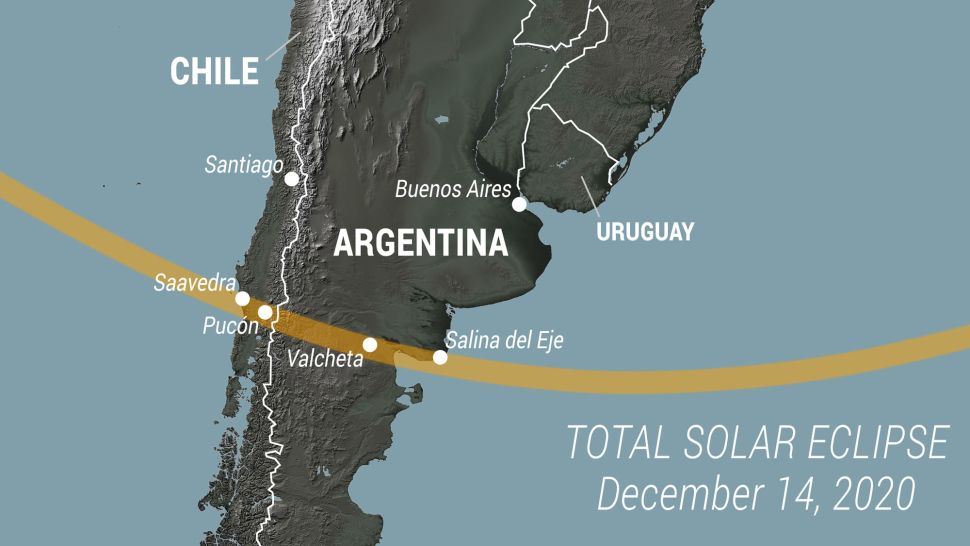
So how will the 2020 solar eclipse play out?
The partial phase eclipse will first begin at 8:33 a.m. EST (1333 GMT) and be visible to observers way out in the Pacific Ocean, thousands of miles off the southeast coast of the Hawaiian Islands. The total phase of the eclipse will first be visible almost an hour later at 9:32 a.m. EST (1432 GMT).
Maximum eclipse, or the moment of greatest eclipse where the eclipse has the longest totality (or time where the sun is covered by the moon), kicks off a couple of hours later at 11:13 a.m. EST (1613 GMT). The point of greatest eclipse will occur 18 miles (29 kilometers) northwest of the village and municipality Sierra Colorada in Argentina.
The last observers with a chance to view the total eclipse will catch the last glimpses at 12:54 p.m. EST (1754 GMT) while the last to view the partial eclipse will last see it at 1:53 p.m. EST (1853 GMT). Read more from Space
Read similar news stories from News Without Politics
Subscribe to News Without Politics

